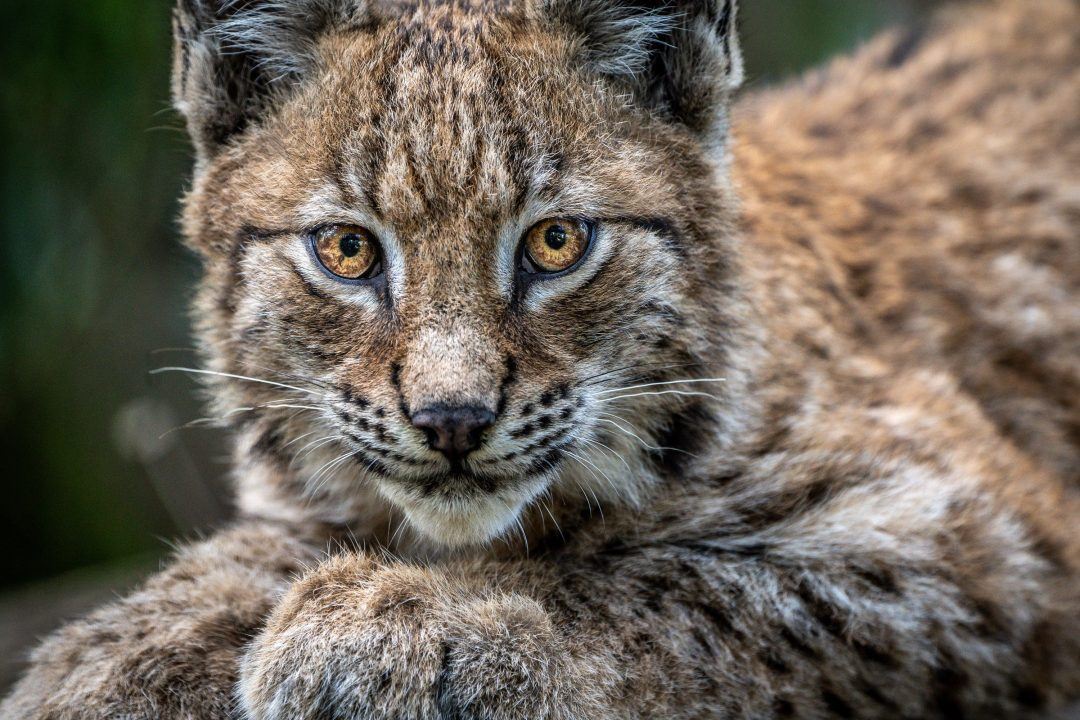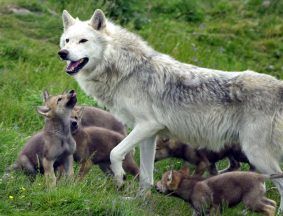Lynx are likely to prey on sheep and lambs if they are reintroduced in Scotland but could bring environmental and economic benefits, according to a report.
Scotland’s National Lynx Discussion found that sheep and other small livestock in or near wooded areas are more vulnerable to such predation.
It suggested an effective management system could include paying farmers for losses and co-existence, with relocation or lethal control as “necessary components” of any framework to manage the issue.
The report also found that lynx could have a “significant” impact on gamebirds in places where the species come into contact, though they are unlikely to play a major part in the animals’ diet at a national level.
But it found there is “sufficient quantity and quality of habitat” in Scotland to support a viable lynx population.
And the report said that the predators, while not a “silver bullet”, could help with deer population control and could help other species.
The report outlines conclusions and recommendations agreed following a nine-month discussion which involved 53 stakeholders including farming and landowner organisations, gamekeepers, conservationists, foresters and tourism operators.
The National Lynx Discussion was organised by the Lynx to Scotland partnership which is assessing the feasibility of reintroducing the Eurasian lynx to the Scottish Highlands for the first time in about 1,300 years.
Steve Micklewright, chief executive of Trees for Life and a member of the stakeholder group, said: “We met 12 times for over 50 hours in total. Deep and extensive discussions allowed us to learn lessons from lynx reintroductions in Europe, assess possible impacts if lynx are returned to Scotland, and recommend key actions to avoid or manage potential problems.
“While not everyone who took part supports the return of lynx, we now have a clear understanding of what needs to be put in place if a reintroduction is to happen.
“The Lynx to Scotland partnership must now work out if and how the recommendations can be delivered, and take that out to local consultation when we have clear proposals.”
When considering the impact on deer populations the report said that lynx could help achieve a more “natural balance of species” within the ecosystem, though noted that they are unlikely to replace culling by humans or the impact of weather.
They may also have a positive impact on species of conservation concern such as capercaillie, black grouse and wildcats by preying on “mesopredators”, particularly foxes.
The report acknowledged that there might be “some concern around the public safety aspect of having a large carnivore in the landscape.”
However, it noted that lynx are “secretive animals which are rarely encountered by humans in the wild in their current natural range” and said there are no recorded instances of healthy lynx attacking people.
The report stated that lynx pose no realistic threat to humans and said the predators “should not discourage anyone from letting their children play in the woods”.
It also noted that despite their elusive nature the presence of lynx could boost income from tourism.
Evidence from Europe suggests that merely the knowledge that a large carnivore exists in the landscape is enough to increase visitor numbers and significantly increase tourism income, according to the report.
Any reintroduction of lynx would need approval from the Scottish Government, which would follow ecological assessments and a full public consultation.
Stakeholder group member Andrew Bauer, who has experience of species reintroduction policy in Scotland, said: “Our recommendations aim to address the fact that we agreed there could be negative impacts on some rural livelihoods if lynx were reintroduced without proper checks and balances to prevent problems or manage them.”
Lynx to Scotland is a partnership between Trees for Life, Scotland: The Big Picture and the Lifescape Project.
Follow STV News on WhatsApp
Scan the QR code on your mobile device for all the latest news from around the country






























